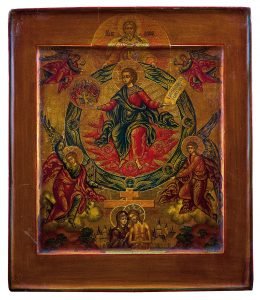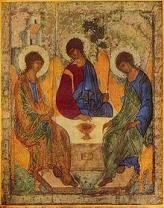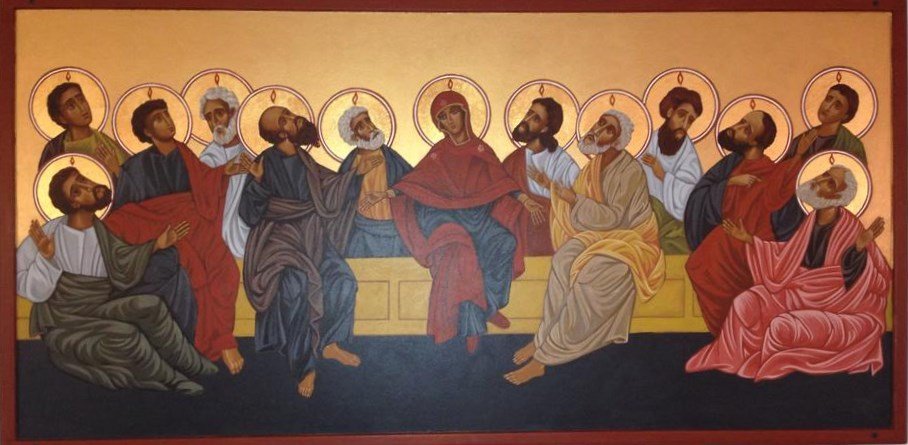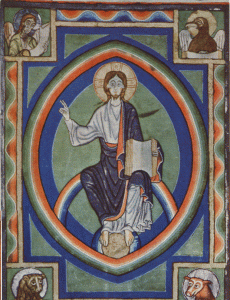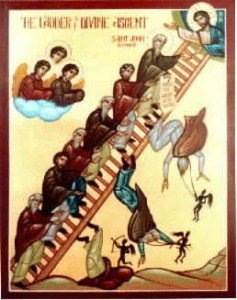 I would put a few final touches on our understanding of the 24th Step on John’s Ladder, Meekness/Simplicity.
I would put a few final touches on our understanding of the 24th Step on John’s Ladder, Meekness/Simplicity.
As I shared with you, simplicity is a childlike innocence. It is the first characteristic of childhood: Be simple and guileless, and you will be as the children who know not the wickedness that ruins the life of men.
When we speak of such innocence, we are not speaking of ignorance or naivety, but of purity of heart. Christ told us to be wise as serpents and harmless as doves. Indeed Christianity does not require us to be naïve, immature fools. A child’s heart does not mean a child’s mind.
Why does God want us to be simple? Because He wants us to know Him, and He Himself is simple. Simplicity is the opposite of duplicity and hypocrisy. A double-minded person changes his mind all the time. God does not change his mind. Thus simplicity makes us true disciples and imitators of Christ.
St. John has said:
If you wish to draw the Lord to you, approach Him as disciples to a master, in all simplicity, openly, honestly, without duplicity, without idle curiosity. He is simple and uncompounded. And He wants the souls that come to Him to be simple and pure. Indeed you will never see simplicity separated from humility. If you have the strength to take this step, do not lose heart. For now you are imitating Christ your master and you have been saved.
It is interesting that we do not typically recognize that God is the fullness of simplicity. And yet He is. There is no guile in God! He is, despite our inability to understand this, truly humble! He is all the positive things that we can possibly conceptualize. Despite all of His power and glory, He is also meek. God must be all the positive things that we can possibly be. He is not, however, any of the negative things that we can be!

